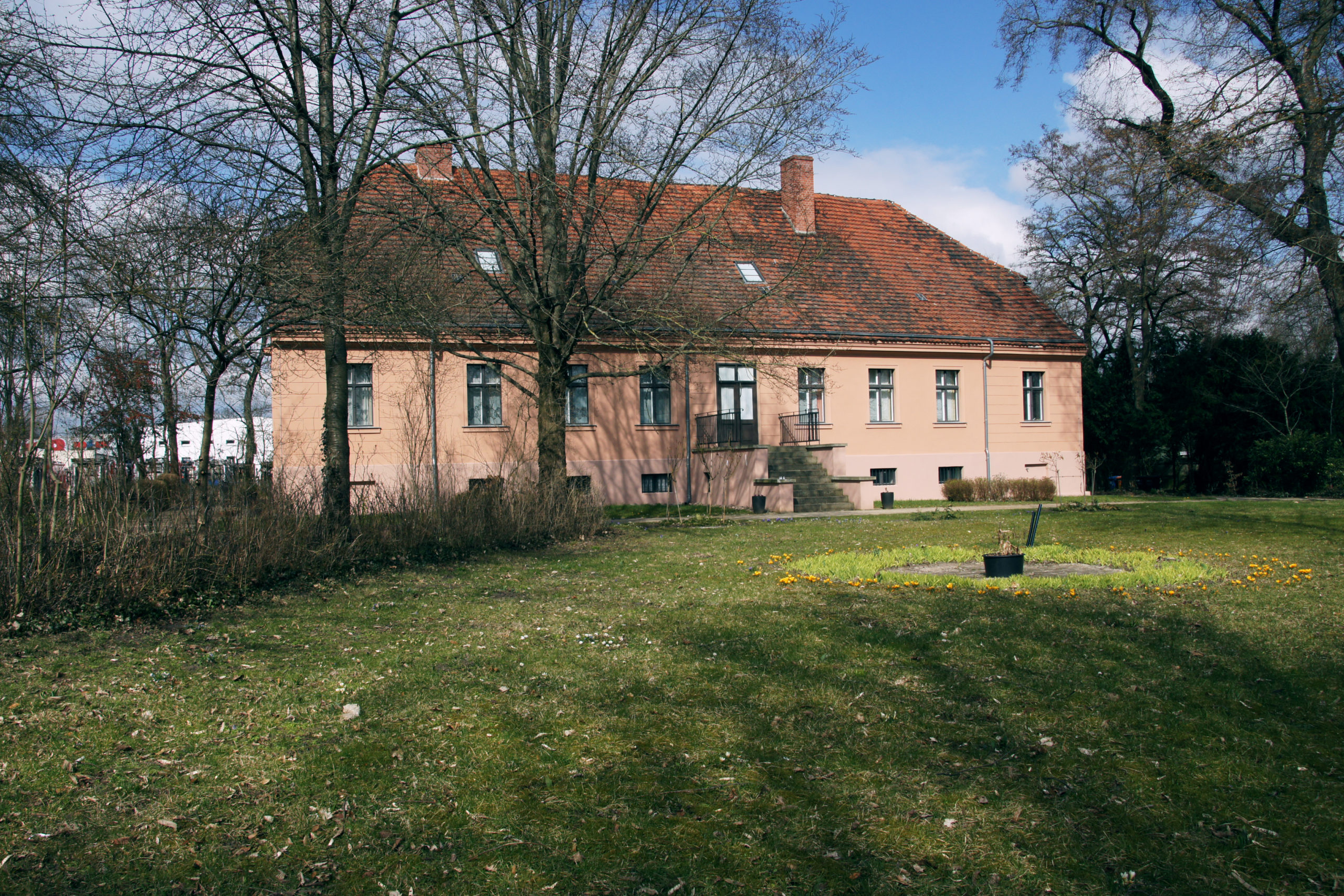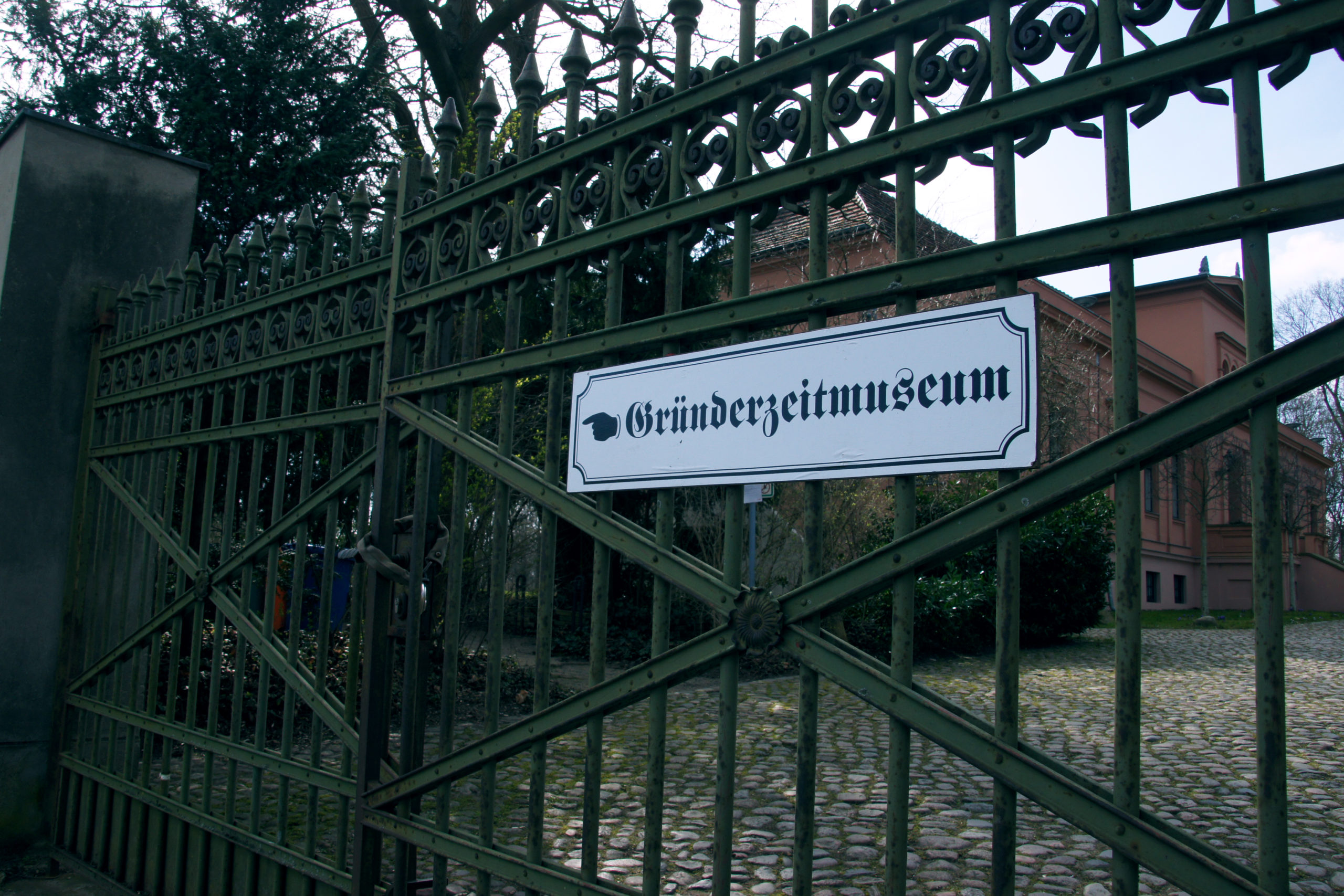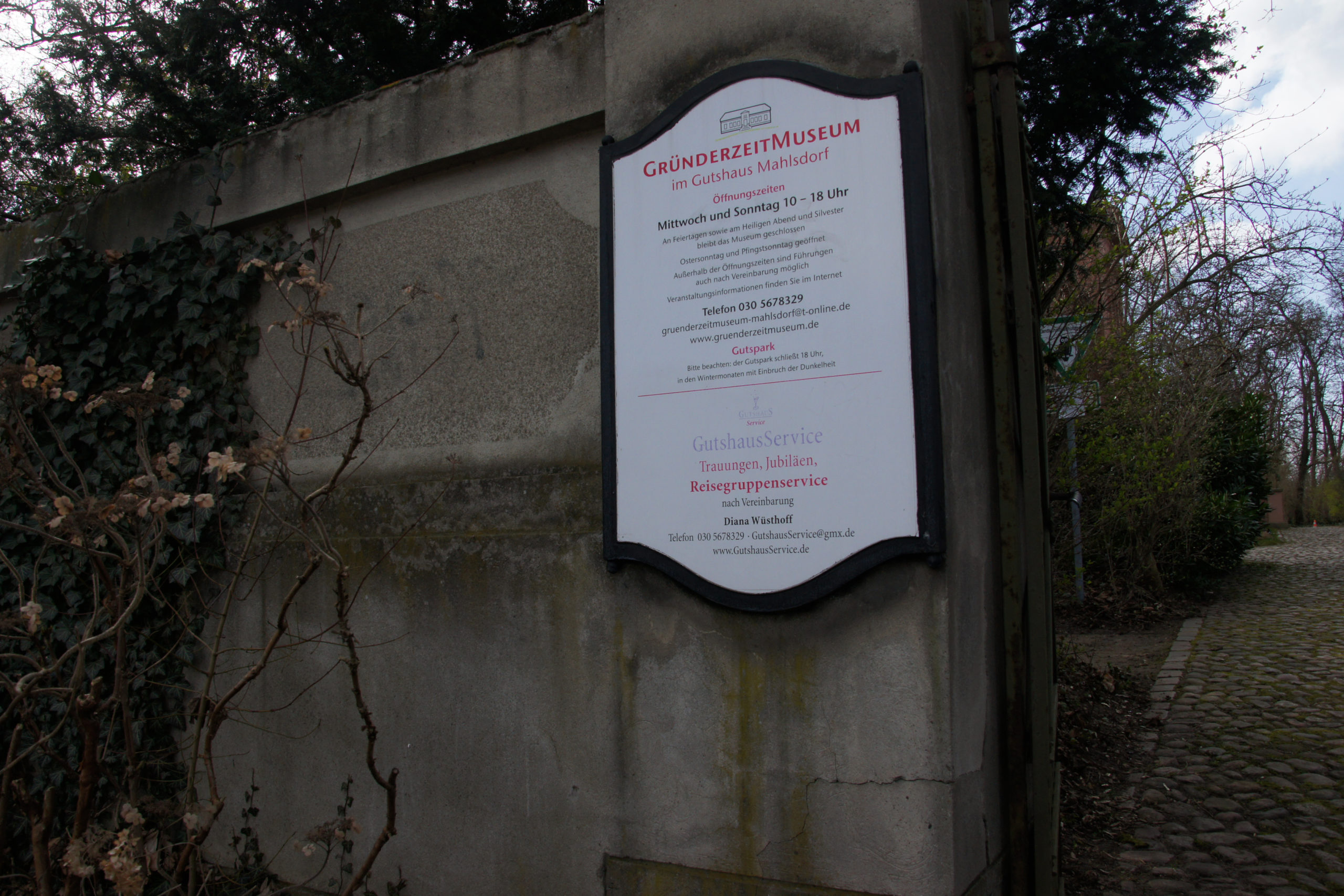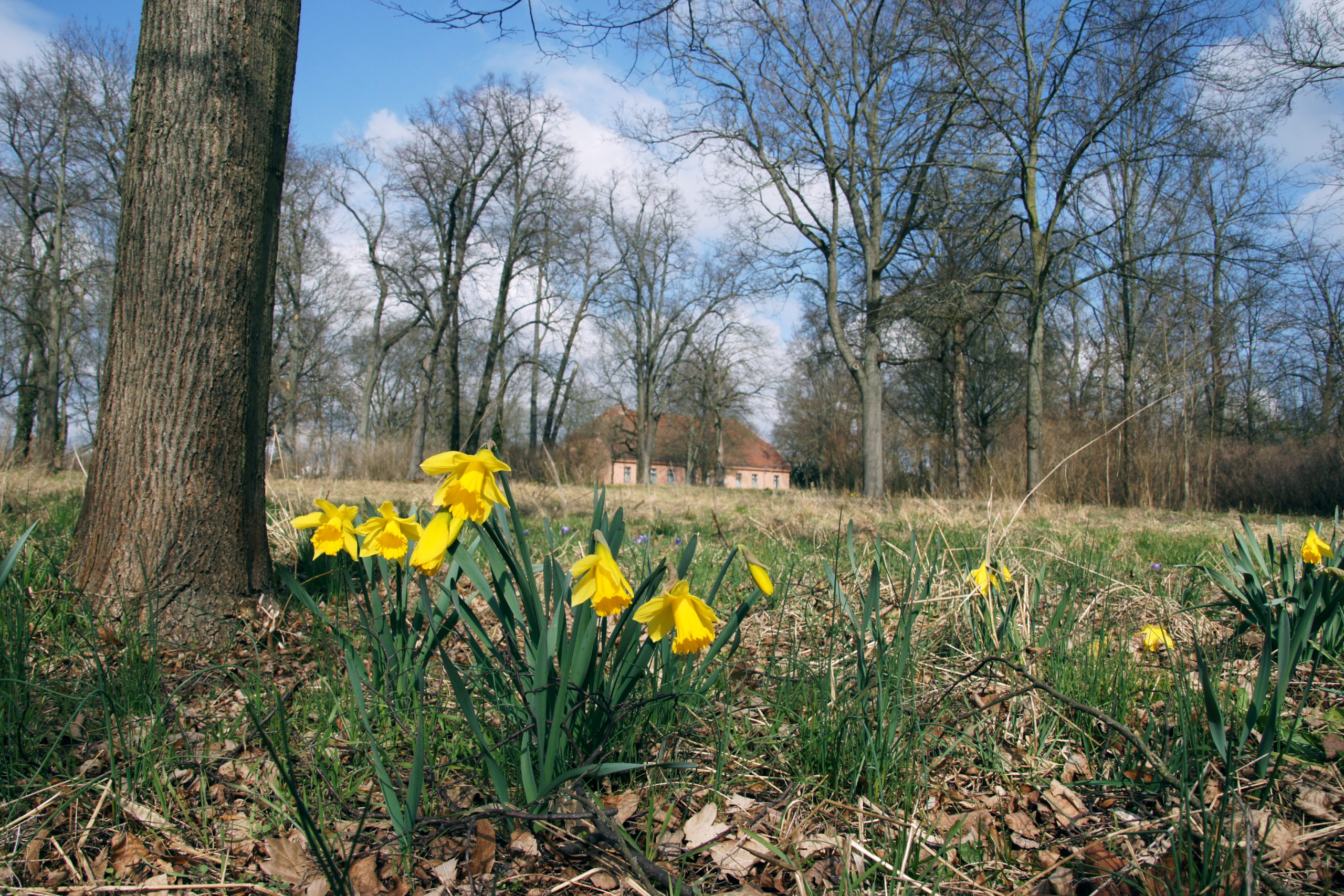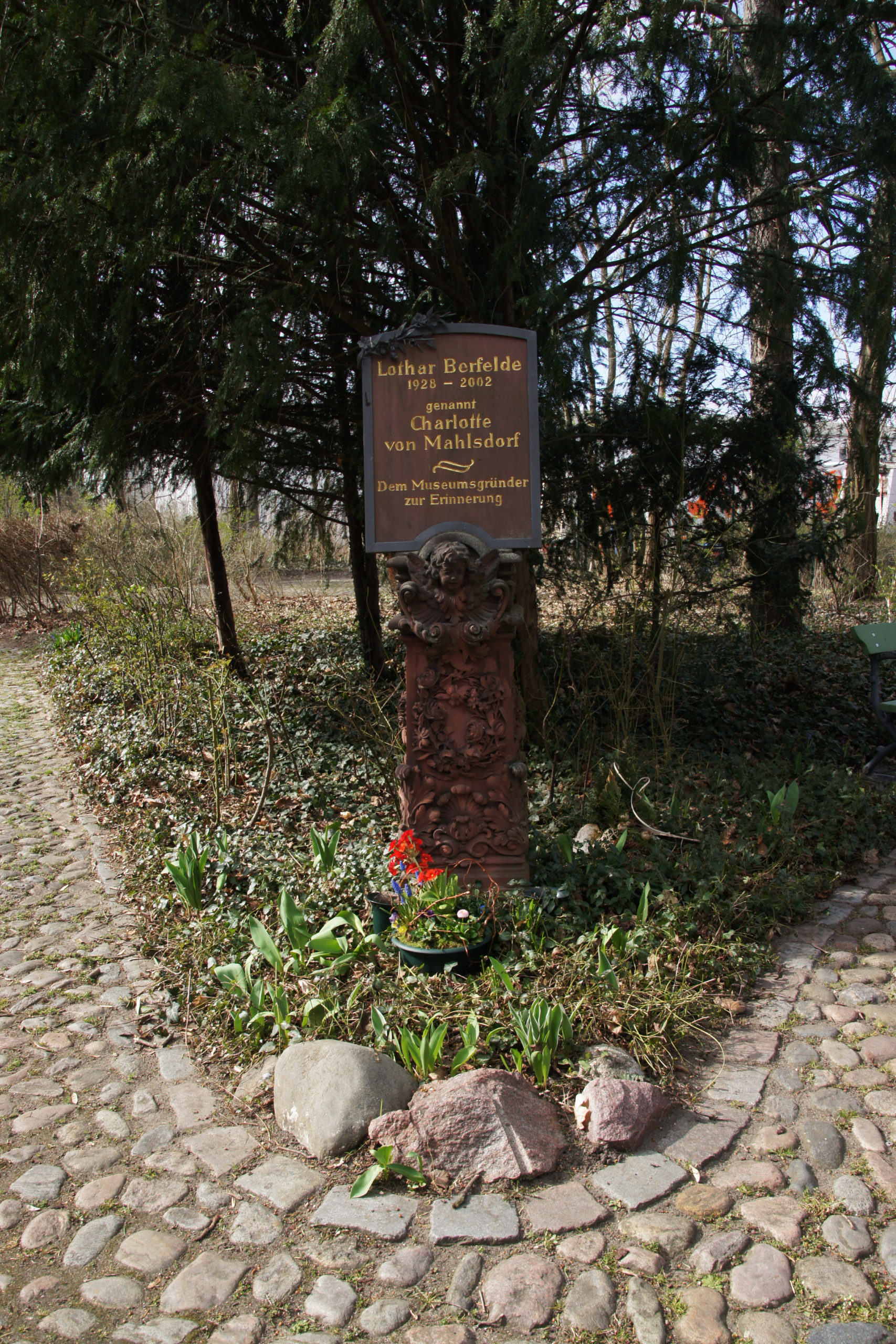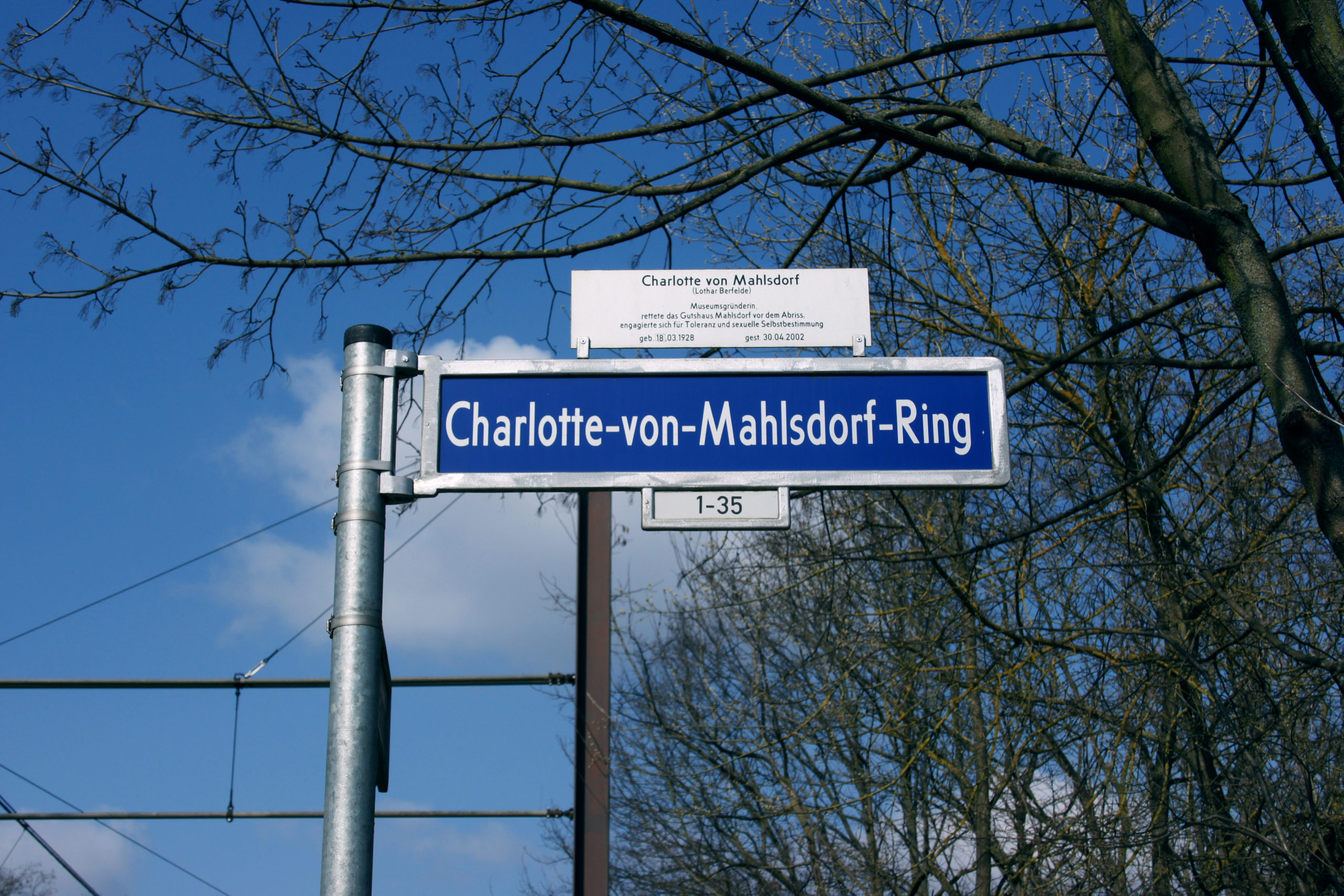Altes Rathaus Marzahn
Das ehemalige Rathaus in Marzahn steht auf dem Helene-Weigel-Platz. Es ist eines der Dienstgebäude der Bezirksverwaltung. Das Rathaus wurde 1989 eröffnet, 2001 wurde es zum Dienstgebäude. Im Rathaus sind oft Ausstellungen zu Besuch. Das Foyer und Treppenhaus, mit seinen vielen Pflanzen, ist einen Blick ins Rathaus wert.
Am 20. Januar 1989 bezieht die Stadtbezirksverwaltung Marzahn ihr neues Domizil im Rathaus am Helene-Weigel-Platz.
Das Rathaus Marzahn wurde von Wolf-Rüdiger Eisentraut und Karla Bock entworfen und zu DDR-Zeiten gebaut. Als aus Marzahn Marzahn-Hellersdorf wurde, zog die Bezirksverwaltung nach Helle Mitte im Stadtteil Hellersdorf. Seitdem wird das Rathaus als Verwaltungsgebäude genutzt. Das Rathaus ist für die Öffentlichkeit zugänglich. Besucher*innen können dort oft Ausstellungen besuchen.
An dem Gebäude hängt die Plakette für den Ort der Vielfalt Marzahn.
Neben dem Rathausgebäude steht ein Wegweiser mit den Städtepartnerschaften von Marzahn. Die Partnerstädte von Marzahn-Hellersdorf sind Lauingen (Deutschland), Tychy (Polen), Halton (Großbritannien), Minsk Bezirk “Oktober” (Weißrußland), Budapest XV. Bezirk (Ungarn) und Bezirk Hoang Mai, Hanoi (Vietnam).
Vor dem Rathaus ist der Brunnen der Generationen. Um den Brunnen sind fünf verschiedene Bronzefiguren: Mutter, Vater, Kind, ein Motorradfahrer und ein nachdenklicher alter Mann. Das Motorrad steht seit einer Sanierung der ganzen Anlage, auf Wunsch des Schöpfers Rolf Biebl andersherum.
An der Fassade des Rathauses ist das Wappen von Marzahn zu sehen. Das Wappen des früheren Bezirks Marzahn wurde vom Grafiker Dietrich Dorfstecher entworfen. Das M steht für Marzahn. Oben sind Ähren, die landwirtschaftliche Traditionen symbolisieren. Es sind fünf Ähren, da Marzahn bei Gründung aus den fünf Ortsteilen Marzahn, Biesdorf, Hellersdorf, Kaulsdorf und Mahlsdorf bestand. Das Zahnrad unten steht für die beginnende Industrialisierung im Bezirk.
The former town hall in Marzahn is located on Helene-Weigel-Platz. It is one of the service buildings of the district administration. The town hall was opened in 1989, and in 2001 it became an office building. There are regular exhibitions in the town hall. The plaque for the Place of Diversity Marzahn hangs on the building. The foyer and staircase, with its many plants, is worth a look into the town hall.
On January 20, 1989, the Marzahn district administration moved into its new domicile in the town hall on Helene-Weigel-Platz.
The Marzahn town hall was designed by Wolf-Rüdiger Eisentraut and Karla Bock and built in GDR times. When Marzahn became Marzahn-Hellersdorf, the district administration moved to Helle Mitte in the Hellersdorf district. Since then the town hall has been used as an administration building. The town hall is open to the public. Visitors can often visit exhibitions there.
Next to the town hall building stands a signpost with the town twinning of Marzahn. The twin cities of Marzahn-Hellersdorf are Lauingen (Germany), Tychy (Poland), Halton (Great Britain), Minsk District “October” (Belarus), Budapest XV. District (Hungary) and District of Hoang Mai, Hanoi (Vietnam).
In front of the town hall is the “Brunnen der Generationen” (fountain of generations). There are five different bronze figures around the fountain: mother, father, child, a motorcyclist and a thoughtful old man. The motorcycle has been standing since a renovation of the whole system, at the request of the creator Rolf Biebl, the other way around.
Marzahn’s coat of arms can be seen on the facade of the town hall. The coat of arms of the former Marzahn district was designed by the graphic artist Dietrich Dorfstecher. The M stands for Marzahn. At the top are ears of wheat that symbolize agricultural traditions. There are five ears of corn, as Marzahn consisted of the five districts of Marzahn, Biesdorf, Hellersdorf, Kaulsdorf and Mahlsdorf when it was founded. The cog wheel below represents the beginning of industrialization in the district.
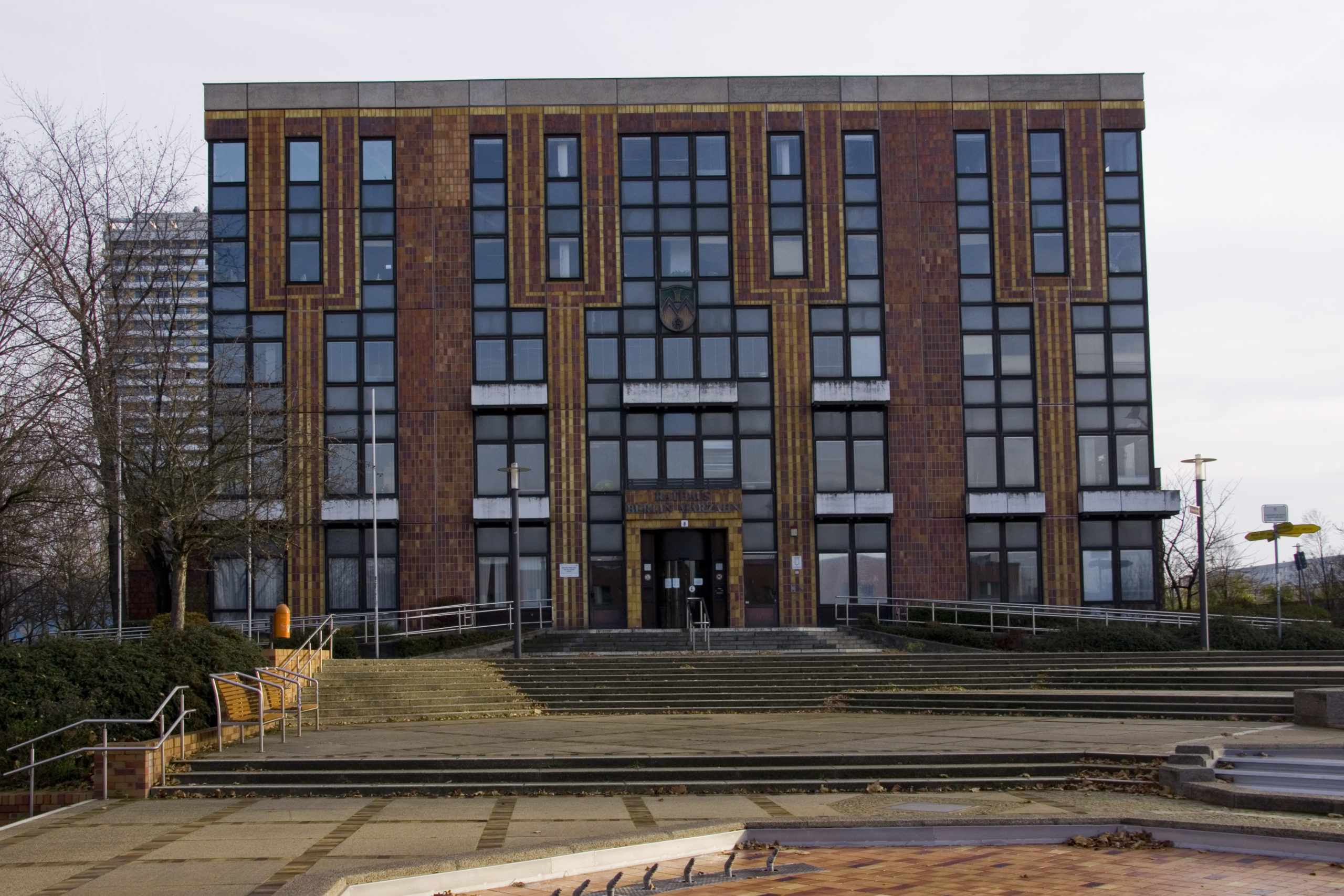
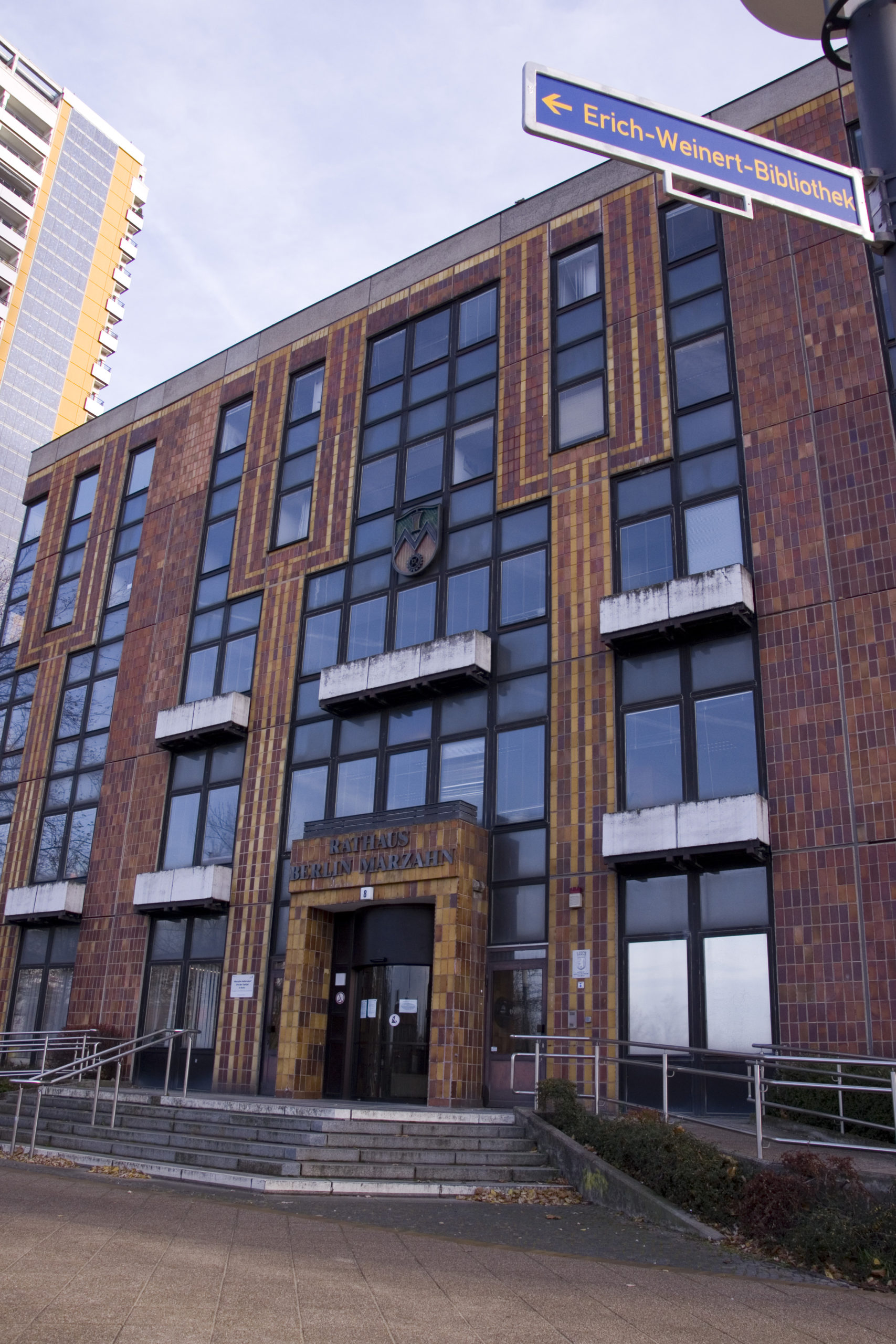
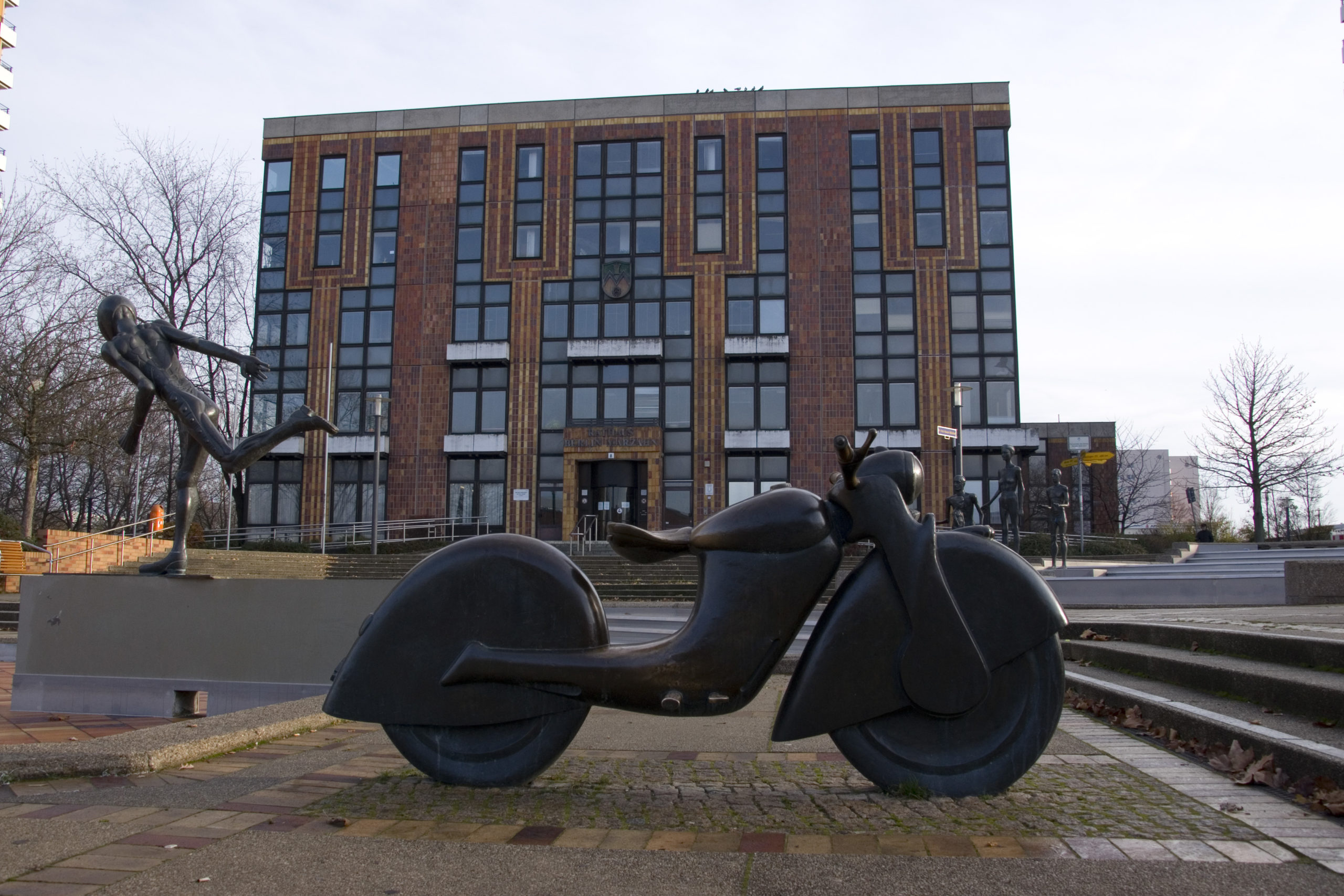
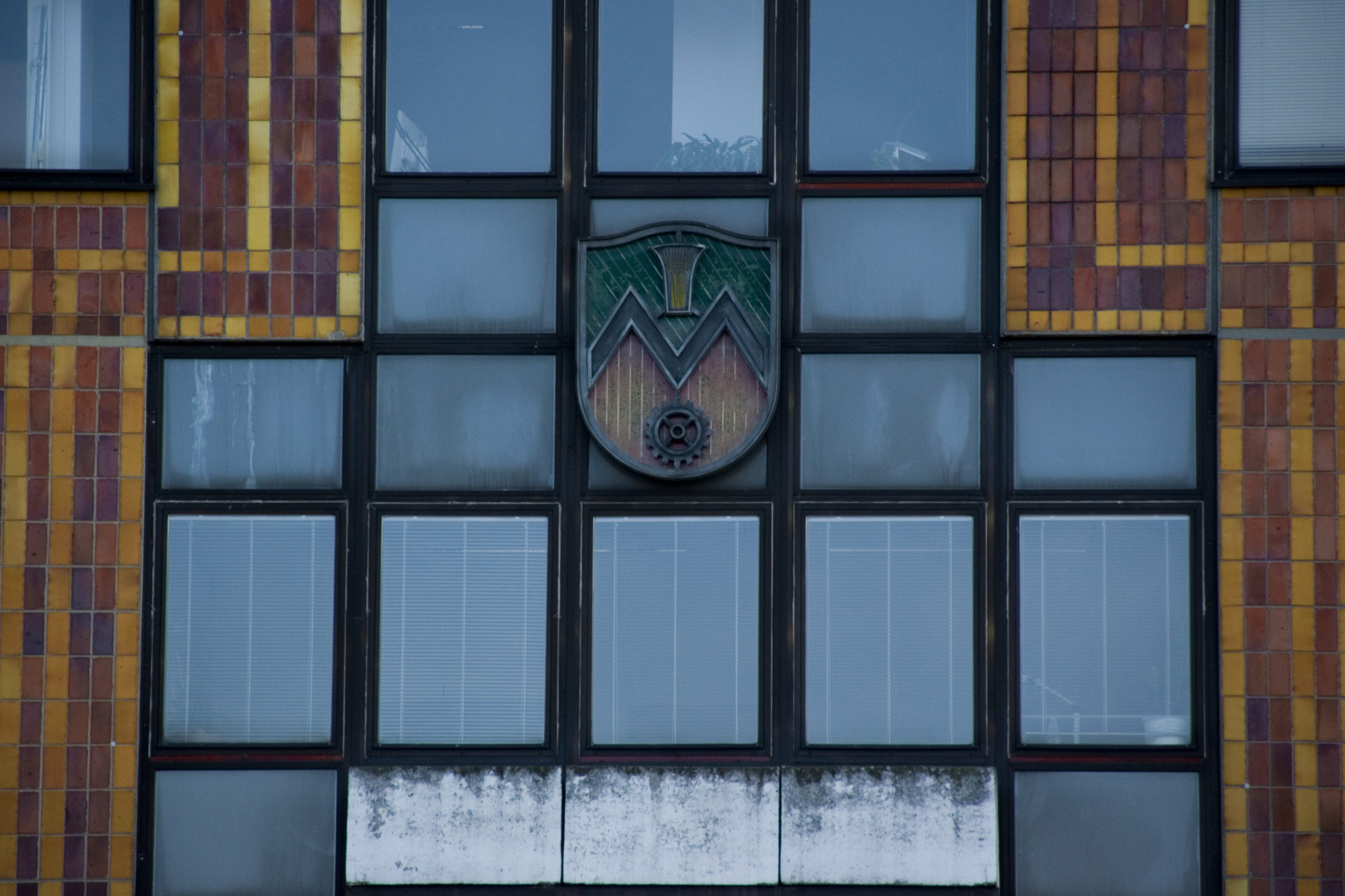
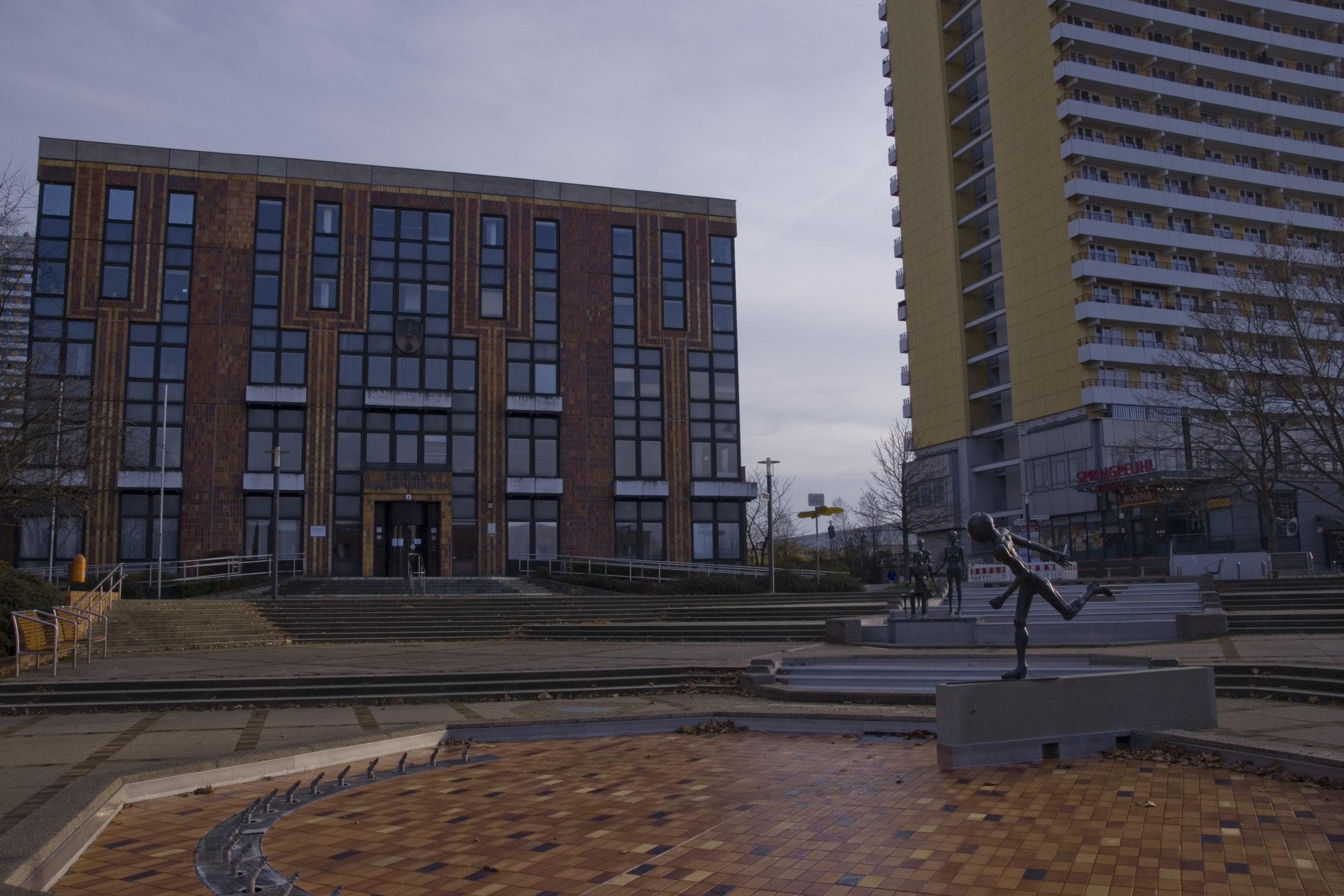
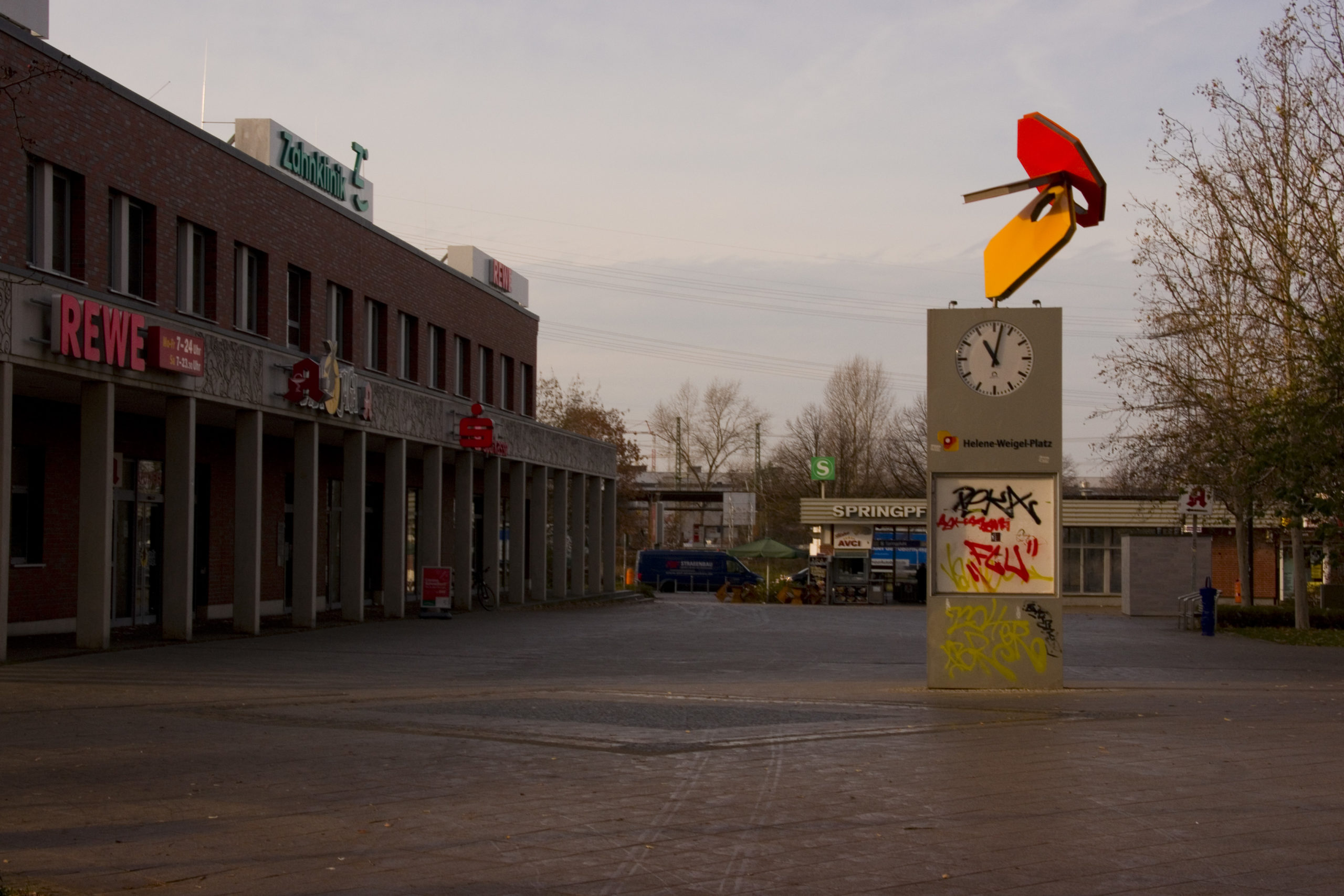
- Rathaus Marzahn in der Denkmaldatenbank auf berlin.de
- Artikel “Neue Gespräche zum Rathaus Marzahn” bei LichtenbergMarzahn+ (05.01.2017)
- Artikel “Zwischen Vergangenheit und Zukunft” bei LichtenbergMarzahn (08.02.2018)
- Artikel “Das alte Rathaus Marzahn besteht seit 30 Jahren” in der Berliner Woche (9. Januar 2019)
- Artikel “Rathaus Marzahn: Sanierung kann starten” im Berliner Abendblatt
- Städtepartnerschaften auf der Webseite Bezirksamt Marzahn-Hellersdorf
- Webseite Marzahn-Hellersdorfer Städtepartnerschaftsverein e.V.
- Artikel über Skulpturen vor dem Rathaus in der Stadtteilzeitung „Die Hellersdorfer“ (11. Februar 2020)
- Aufwertung des Helene-Weigel-Platzes – Senatsverwaltung für Stadtentwicklung und Wohnen
Gründerzeitmuseum Mahlsdorf
Das Gutshaus, welches das Gründerzeitmuseum beherbergt, ist das zweitälteste Gebäude in der Gegend. (Erbaut ca. 1815). In dem Park um das Gründerzeitmuseum steht ein Gedenkstein für Charlotte von Mahlsdorf.
Charlotte von Mahlsdorf (geboren als Lothar Berfelde) lebte vom 18. März 1928 bis zum 30. April 2002. Sie gründete und leitete das Gründerzeitmuseum in Mahlsdorf. Sie hat sich auch zwischen 1946 und 1948 für das Schloss Friedrichsfelde eingesetzt. Schräg gegenüber des Gründerzeitsmuseums ist mittlerweile eine Straße nach ihr benannt. Am 17.03.2018 wurde ein kleines Eigenheimgebiet “Charlotte-von-Mahlsdorf-Ring” genannt. Sie setzte sich neben dem Denkmalschutz auch für sexuelle Selbstbestimmung ein. Der Keller des Gutshauses entwickelte sich zu einem Treffpunkt für Schwule und Lesben in der DDR.
The manor house, which houses the Wilhelminian Museum, is the second oldest building in the area. (Built ca. 1815). In the park around the Wilhelminian Museum there is a memorial stone for Charlotte von Mahlsdorf.
Charlotte von Mahlsdorf (born Lothar Berfelde) lived from March 18, 1928 to April 30, 2002. She founded and managed the Wilhelminian Museum in Mahlsdorf. She also campaigned for Friedrichsfelde Palace between 1946 and 1948. A street diagonally opposite the Wilhelminian Museum is now named after her. On March 17, 2018, a small residential area was named “Charlotte-von-Mahlsdorf-Ring”. In addition to monument protection, she also campaigned for sexual self-determination. The basement of the manor house developed into a meeting place for gays and lesbians in the GDR.
